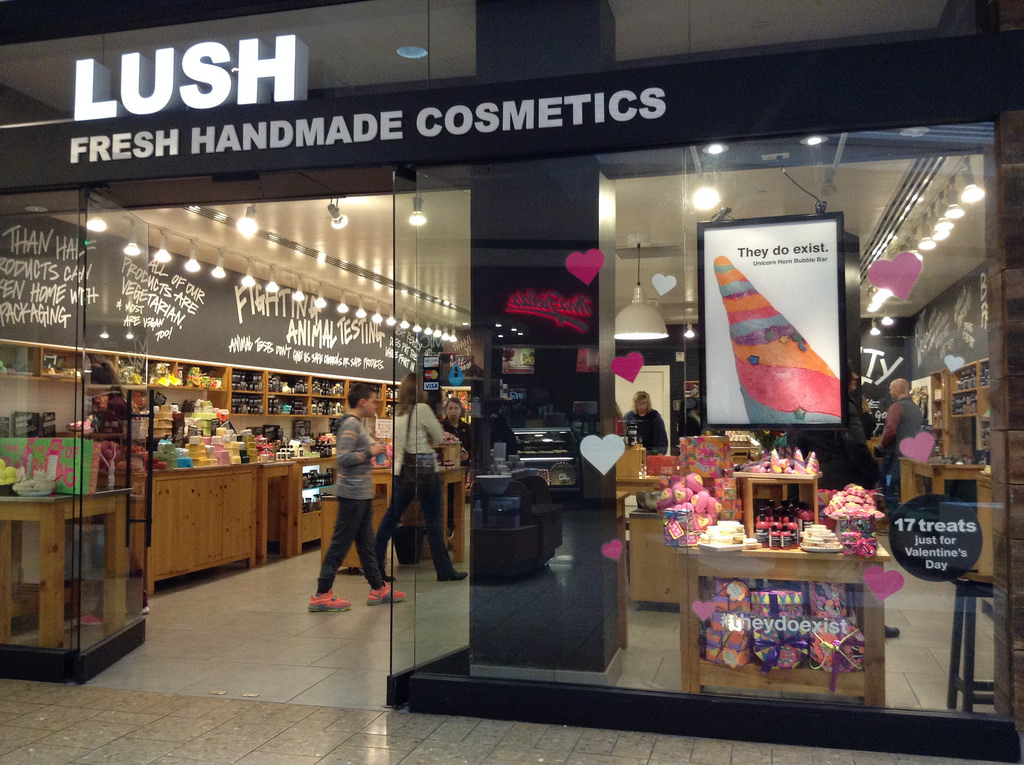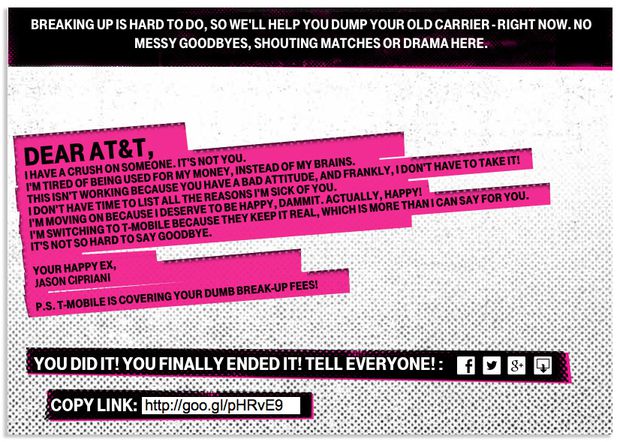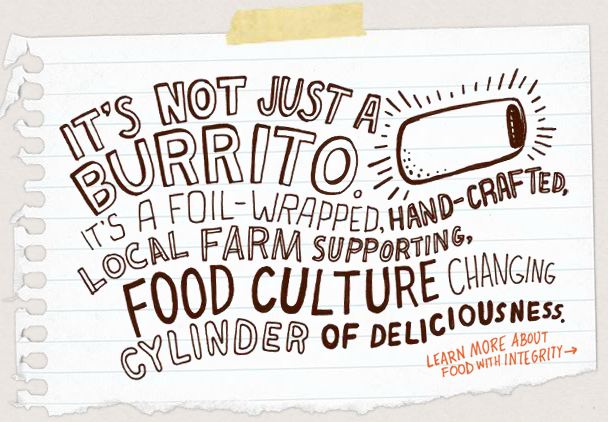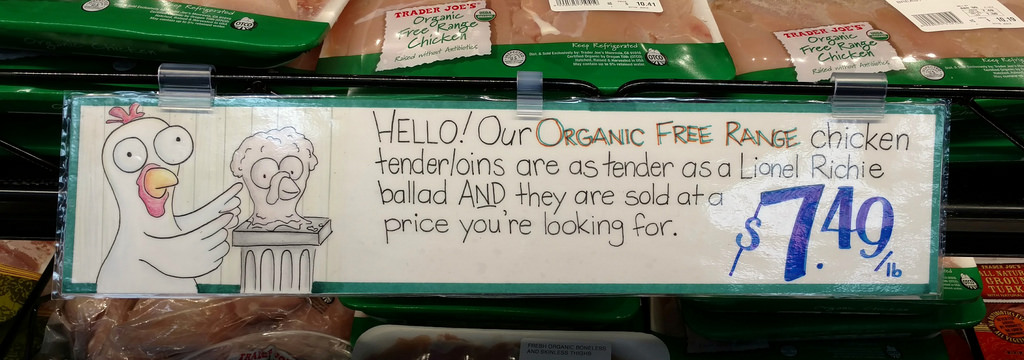Let's face it. Of all of the key objectives that a business should have, growth is arguably the most important. Without it, other objectives like turning a profit, hiring and retaining all-star employees, employing robust marketing efforts, and even providing superior customer service are all much more difficult to attain.
Whether you’re a business owner or a marketer tasked with growing the business, one thing is for certain: you need to find the most efficient, effective, and affordable way to advance your brand and help it prosper long into the future.
Perhaps you’ve tried to do this before—pumping money into campaigns, hiring an influencer to give you a shoutout or two, experimenting with offers and contests, and maybe even totally rebranding your business—but you’ve hit a wall nonetheless...
If you’re like many others in this very same boat, I’d wager that sales remain slow, growth is stagnant, and your competitors seem to be getting all the attention. And while you probably know this is an issue that will eventually jeopardize the company, perhaps you simply don’t have enough capital, labor, or other resources to find and implement a quick, turn-around solution.
So, what on earth is a business owner to do?
The short answer is: look within. And no, I don’t mean within yourself—it’s time to take a long, hard look at your brand.
Our goal today is to provide inspiration that will help you answer the most crucial question about your brand: what makes you truly different?
And once you can confidently answer that question and prove it to your customers, all of your troubles will melt away like spring snow on a sunny day.
So, how does one embark on the journey of finding what makes their brand different?
For starters, here’s what differentiation means in a business sense:
Differentiation is a marketing strategy in which your brand identifies the one thing that makes it genuinely different from competitors and then leverages that notion in its branding and messaging to effectively attract ideal customers.
Now, what does this look like in action?
Here are 9 famous brands that have honed in on their differentiation and succeeded as a result:
Lush
Differentiator: bringing a natural beauty brand to the makeup industry as an authentic alternative to traditional products.

While most makeup brands focus on mass-producing their products and using whatever ingredients it takes to get the desired effects, Lush paves a path of its own: all of their products are handmade, totally vegetarian, mostly (80%) vegan, never tested on animals, and created with ethically-sourced ingredients.
The crazy thing is, this sounds more like what you’d expect to read about a high-end restaurant (minus the animal testing) rather than a makeup brand, but that’s what makes Lush different. They know that there are plenty of women who, while wanting to look good, are sick and tired of all of the chemically-laden products, mass-production side effects, and cruel animal testing that runs rampant in the beauty industry, and so Lush differentiates on all of it to appeal to those very women.
Instead of going for a luxurious brand feel that is common for makeup brands, Lush focuses on authenticity and ethical ingredients. Their honesty and confidence in their products—consider that everything is up for sampling in-stores so that you know you’re not getting duped—draws customers in to their unique stores and helps them stand out from the tons of brands in their space.
So, does it work?
Lush is on the rise, with more locations opening around the world constantly. They’ve surpassed the $1 billion mark in annual sales, and for being around for only 22 years, they’ve already climbed the ranks of becoming a top beauty brand, sitting pretty at 34th place. If you consider that Nivea, a brand that’s over 100 years old, is currently ranked as 5th, Lush is catching up quite quickly for its age.
T-Mobile
Differentiator: caters to a young, niche audience by offering less commitment and an easy-to-switch-providers promise.

If there’s one thing that T-Mobile is good at (besides making hot pink look surprisingly gender-neutral), it’s actively being a phone company that’s unlike the rest. It’s apparent from their vivid—and borderline shocking—color palette, paired with casual and humorous messaging, that they’re pushing the boundaries of what consumers may expect from a phone carrier.
Their own ads refer to themselves as the “un-carrier” and urge consumers to “break up” with their carrier for them, playing into the metaphor of their younger audience’s likelihood to be dating rather than already settled down with a family.
Perhaps the most unique strategy that T-Mobile uses to stand out is their weekly giveaways that require being a customer and downloading a special T-Mobile Tuesdays app. While the prizes vary, from free movie rentals or tickets, discounts at lifestyle brands, free T-Mobile swag, and random drawings for grand prizes, it adds an element of excitement and increased value for customers. Sure, you can get free HBO with AT&T, but who besides T-Mobile gives their customers a weekly chance to win a trip to exotic places like New Zealand?
While it may seem like customers benefit the most from the freebies, these regular giveaways leverage T-Mobile as the hip, deal-driven carrier that knows its audience well enough to understand the importance of scoring big for an affordable price.
That’s why they are so successful: by the end of 2017, T-Mobile had become the largest phone provider in the US with over 150 million subscribers. If you consider how competitive their industry is, with giants like Verizon and AT&T battling them at every turn, being famously and boldly different truly pays off.
Chipotle
Differentiator: making fast-service Mexican food better through high-quality ingredients.

Whether you’re a die-hard Chipotle fan or you indulge in their arch nemesis Qdoba’s fare instead (guilty as charged), you have to hand it to them—Chipotle knows why they’re special and how to leverage it in their marketing.
Unlike other fast food chains, Chipotle focuses on quality of ingredients over everything—while their prices can’t beat Taco Bell’s, the flavor of Chipotle’s food can run laps around the notoriously average cuisine you’ve come to expect from the ‘Bell. Chipotle sources local and sustainably-raised ingredients, dedicating itself to a company-wide goal of working with family farmers within a 130-mile-or-so radius of each location.
On top of that, the brand publicly committed to using non-GMO and ethically-raised ingredients some time ago, and while that’s a clever PR move amidst a huge cultural shift of wanting better-made food in the US, it’s also a way to stand out from the competition. Fast food comes with a certain lower standard due to its nature: you pay less, you get less in one way or another. With Chipotle, however, their dedication to giving customers something more for the same quick service elevates them above the rest of the industry simply by setting their own higher standard.
The truly admirable thing about Chipotle—and part of what makes them special in their customers’ eyes—is that getting quality ingredients is neither easy nor cheap, yet they do it nonetheless.
It pays off, though, as their quality-driven reputation and success are globally renowned: Chipotle was awarded in 2014 for having the best-tasting burrito. Furthermore, the brand dominates 57% of the fast-service Mexican restaurants market in the US, making it the largest American chain in the industry.
Dollar Shave Club
Differentiator: the first subscription-based affordable shaving solution for everyone.
Besides having delightfully entertaining and funny ads, Dollar Shave Club is a trailblazer in the truest sense: the brand took the rising trend of subscription-based businesses, paired it with an obliteration of historically gender-separated shaving products, and made quality an affordable factor in the razor-buying equation.
Okay, so maybe they don’t explicitly market to women, but they also don’t not market to them—approximately 20% of their customers are women, and while the goal was initially to create a men’s lifestyle brand, Dollar Shave Club lucked out in the sense that both genders saw a reason to buy from them instead of more traditional competitors. They did this by differentiating their product: instead of having different colored razors for men and women, features galore, and other bells and whistles, they focused on perfecting the core product that’s useful for everyone, not just some people.
The best part of their differentiation strategy? Real testimonials from genuinely satisfied customers are the winning piece of their branding: people are so pumped about this dramatic shift in their mundane razor-buying routine that their excitement about shaving products, of all things, is authentically apparent. If you consider that word-of-mouth marketing is highly effective due to the trust and “real human” factor it lends, the genuine excitement and satisfaction in Dollar Shave Club testimonials is sure to sell.
And, in fact, it does—Dollar Shave Club was acquired by Unilever for $1 billion just 5 years after its launch. Beyond that, the brand also managed to climb to the top of the industry in a few short years, now dominating 51% of the market. Socially, of course, the brand has reached the status of virality with their hilariously unusual ads—their top video has over 25 million views, which is a major brand awareness win.
Trader Joe’s
Differentiator: selling unique—yet affordable—grocery items with a smile.

There are two kinds of people: those who haven’t shopped at Trader Joe’s (yet!), and those who are die-hard fans. Why doesn’t there seem to be an in-between? I attribute this strong brand loyalty to their unique business model and company culture—or, as many see it, “the Trader Joe’s difference.”
Friendliness is a huge part of their customer service, with Hawaiian shirt-clad cashiers regularly handing balloons out to kids for no apparent occasion. The friendly factor goes beyond the brand’s always-smiling employees (I swear that part of their daily uniform is a permanent smile) and is a theme in their stores: handwritten, colorful signs hang everywhere, informing customers of deals, exciting product origins, and entertaining them with cheesy humor.
Price is a huge factor contributing to their fervent success, too. Trader Joe’s found a way to sell grocery items that are unusual, unique, and fancier than basic options from other brands, all at a lower price than many of the big grocery chains. Unlike Whole Foods, where quality is reflected in a steep price hike, TJ’s manages to find a healthy balance of both. This is made possible by having smaller-size stores with limited items sold at each location, effectively decreasing overhead and allowing them to hand-pick the best items.
There’s also the fact that the brand is not publicly traded, which means that decisions aren’t swayed by investors, allowing the company to instead focus on maintaining its goal of making grocery shopping a “treasure hunt.” (Boy, doesn’t that sound so much more enticing than “errands run?”)
Being quirky and selective in the grocery industry pays off: Trader Joe’s has more monthly shoppers than its competitor, Whole Foods, and the store sells an impressive $1,734 in merchandise per square foot. Perhaps the biggest success, however, is the fact that the brand is so different that many people cite it as the grocery brand that simply does not have any true competitors. Imagine being so unique that your competition is literally nonexistent!
Spirit Airlines
Differentiator: an airline that sells ultra low-cost flights with a side of strange humor.
An article on differentiation isn’t complete without the brand that touts being “unlike any other airline in the world” in all of their messaging, and that’s what makes Spirit stand out in an industry that’s long been considered to have a lot of brand options, that, if you look a little closer, are all basically the same.
Spirit coined the term “bare fare” and shapes their entire brand about this new, affordable approach to flying—instead of buying a bundle, in which you get a seat, wifi, snacks, drinks, luggage, and a little bit of legroom, Spirit charges its customers essentially for the gas and (minimal) space to get from one place to another, bringing the cost of flights significantly down.
While some may find this to be too low of a travel standard, those people are probably opting for fancier airlines for a reason: this brand focuses on the no-frill travelers who value saving money over comfort and style. This is a key lesson in differentiation—Spirit is doing something remarkably different to gain the fervent loyalty of the specific few (the frugal folk) rather than trying to half-heartedly convince the many.
One of the eye-catching things about this brand (besides its cheerfully lemon-yellow planes, ads, website, logo, and, well, everything) is its quirky and offbeat sense of humor. To explain their “bare fare” business model, they had actors in an ad strip down to their undies as a metaphor—something that would seem off-brand and potentially even creepy if it were attempted by, say, United Airlines.
They also specialize in using attention-grabbing email subject lines when sending out deals, and by attention-grabbing, I mean using puns and words that make you spit out your coffee and say, “wait, WHAT did I just read?” (A real example: “we’d date this deal if we weren’t related to it!” was a direct jab at a certain president…) Besides reflecting their crude and hip personality, it also allows the brand to connect with its target audience, or money-savvy millennials, whose sense of humor generally aligns with more off-the-cuff and clever jokes than older generations’ does.
Believe me when I say their differentiation strategy works wonders: regardless of being one of the newer airlines on the market, Spirit airlines is the leading low-cost airline worldwide. And while having a reputation for being wholeheartedly unique is a big win, money helps sweeten the deal, too—Spirit makes $2.6 billion in operating revenue, so their differentiation strategy is clearly working.
The Bottom Line
The key to standing out from the competition and creating a strong connection with your ideal customers is to hone in on the one thing that makes your brand unique and then weaving it into its core narrative. From your messaging, culture, actions, and everything in between, you have to show prospects why they should choose you over other brands—it’s not enough to just say that you’re different.
If this article has done one thing for you, it has provided inspiration to help get your gears turning on how to discover the one thing that makes your brand unique. If you are seeking guidance and a tried-and-true process for unearthing your differentiation, we offer a half-day, in-depth 3 Secrets to Creating a Magnetic Brand workshop that is designed to help you do just that.
Otherwise, if you already have a hunch of how you can stand out, make sure, before you take it and run with it, to test the idea on an audience of customers and non-customers alike to measure how much impact your differentiation strategy will have on their perception of your brand.
Once you find your brand’s special something and effectively market it, amazing things will indeed start to happen—and increased sales is just the beginning, my friend.




